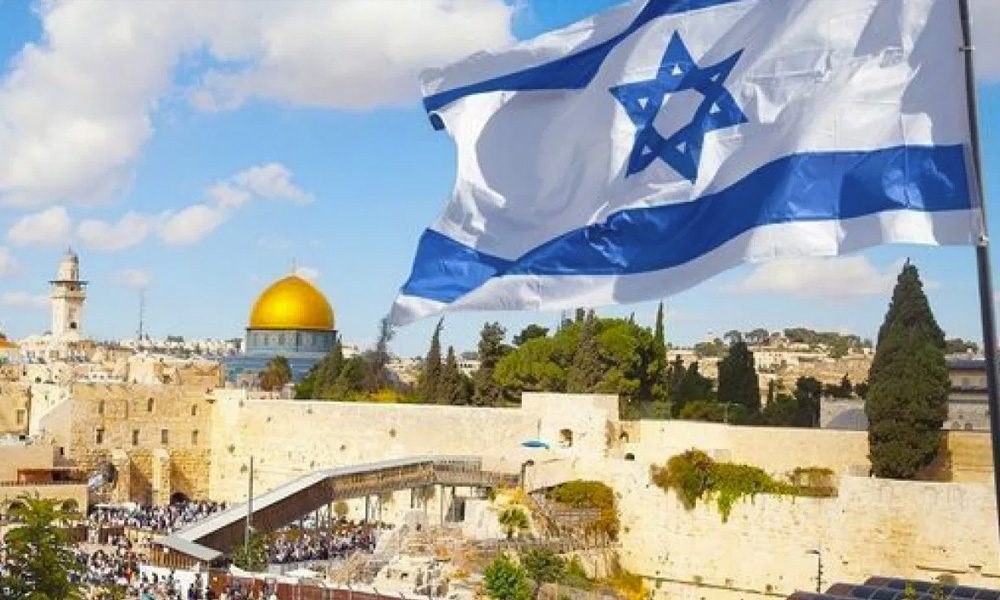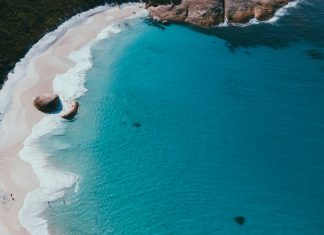1. Notes with Braille markings
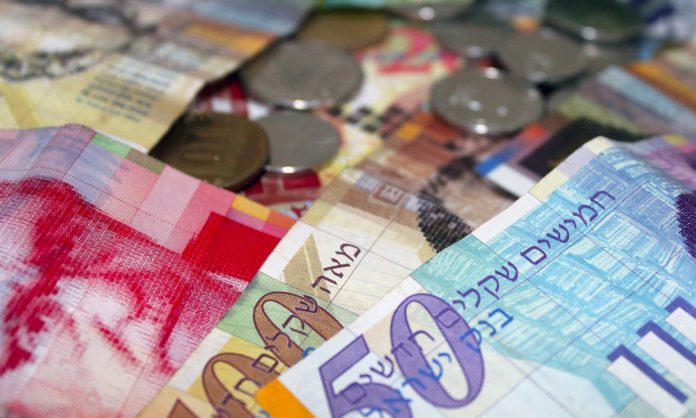
The currency in Israel is New Shekel. The curious thing about it is that the notes include Braille markings, an initiative undertaken to meet the needs of the community and to enable the blind to differentiate the notes.
The way it is drawn includes pairs of stripes on the edges of the banknotes of 200, 100, 50 and 20. The 200 note has four pairs of stripes, by the same token, a 20-note has one pair of stripes. In addition, banknotes have different lengths, which also helps to identify them.
The previous Israeli Shekel series also had such markings, but they were designed in a different form. Notes with Braille markings can also be found in Canada, Mexico and Russia.
2. More museums per capita in the world
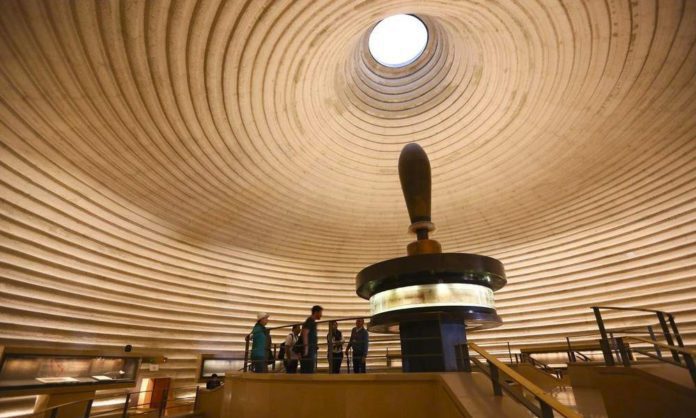
Israel is the Country with the highest number of museums per capita in the world: there are already over 230 in total. New museums open their doors regularly, thriving on innovation and creativity.
Visitors or locals who are interested in any form of culture has the privilege of choosing from art, music, design, technology, architecture, history or science – or all of them!
Every year since 1977, the Country has celebrated International Museum Day on May 18. This is an initiative of the International Museum Council to celebrate the importance of cultural institutions in the development of society.
The Israel Museum in Jerusalem is particularly well known and is ranked among the world’s leading museums of art and archeology. It was founded in 1965 and since then it has offered over 50,000 objects on display, an impressive collection of archaeological findings, a sculpture garden, treasures of the Jewish world, the famous Dead Sea Scrolls, and a large collection of primitive, European and modern art.
3. The lowest point on earth
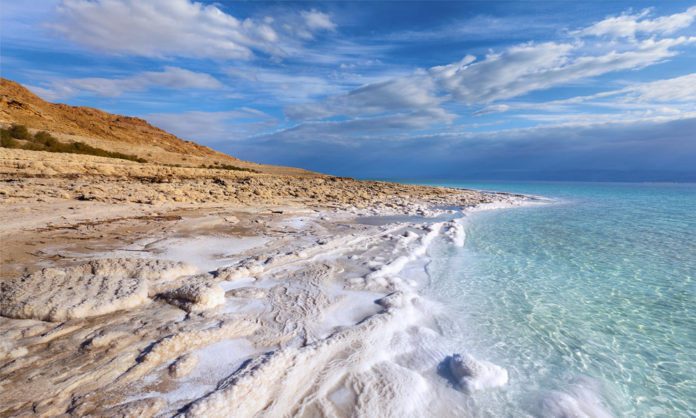
Within Israel’s boarders there is the lowest point on the planet in the arid land. The point is at 420 meters below the sea level and is located on the Dead Sea coast, and is shared with Palestine, Israel and Jordan.
The easiest way to get to this place is to start in the city of Amman, Jordan, and drive about 60 km south-west. This area is unique for several reasons. One of the peculiarities is how calm and peaceful this place can be.
As all the millions of gallons of extremely salty water constantly evaporate, large amounts of salt are left on the beach which creates a hazy atmosphere that dampens any kind of sound.
Another feature of this site is the salinity of the water. The lake contains about 10 times more salt than the ocean. This reduces marine life to almost zero, and that is the origin of the name “Dead Sea”. In fact, it is very difficult to swim in such salty waters as it is extremely dense. Most people simply lie on their backs and let themselves float.
This place is also famous for its therapeutic mud, known for its ability to alleviate joint problems and various skin conditions, but also for its beauty benefits.
4. 90% of water is recycled
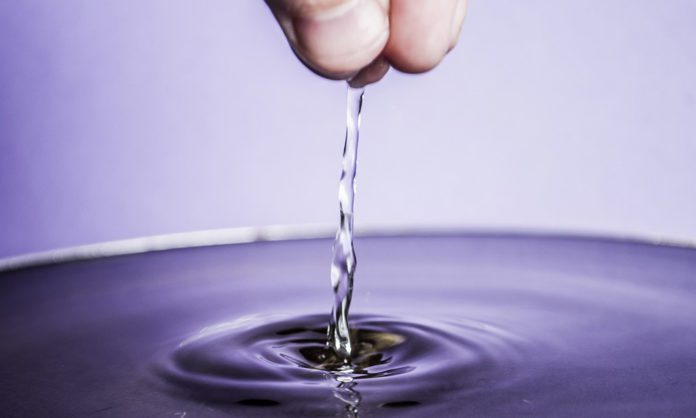
About 90% of the wastewater in Israel is reused, making it a leading Nation in water recycling. About 25% of the Country’s total water supply comes from it.
Most of this recycled water is used for agricultural irrigation and about 10% is used for environmental purposes, for example to increase river flow or extinguish fires. Only 5% of the water is discharged into the sea.
This water conservation and reuse system is contributing to the Country in many ways. It is extremely useful during droughts and periods of water scarcity, for instance. In addition, it also has economic benefits. Israel has been able to thrive and make use of this water as its backbone in creating new businesses and the accompanying economic opportunities.
In general, water management in Israel is one of the Country’s main successes. Here, people are educated on the subject and are aware of how proper water management is vital for the Country and for their own well-being. People know that water must be conserved if they are to preserve its quality and abundance.
5. The Renaissance of the Hebrew Language
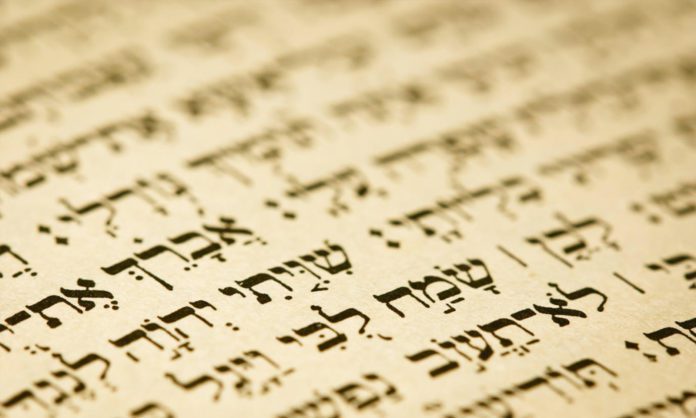
On October 13, 1881, Eliezer Ben-Yehuda and his friends made a covenant: from that day they would only speak Hebrew in their conversations. A century later, this language, which has not been spoken as a mother tongue since 2 BC, is once again the national language of Israel.
This renaissance began in the nineteenth century, however, the changes continued into the twentieth century. During this period, the use of the language changed from its sacred use in Judaism to a national language spoken and written with millions of native speakers. The revival and modernization of Hebrew is the only example of a sacred language that has become an everyday common language.
Eliezer Ben-Yehuda (1858-1922) is considered the “restorer of the Hebrew language”, yet, his contributions were mainly ideological and symbolic. For example, he took part in a project known as the Ben-Yehuda Dictionary, which main innovation was to add many new words, denoting objects or concepts that had not existed in the days of Jewish antiquity. Some of the examples include words such as hatzil (חציל) for aubergine, or hashmal (חשמל) for electricity.
However, the process of language revival took a more real turn with the development and establishment of the First and Second Aliyah. Aliyah (עֲלִיָּה) is the Jewish word for “growth” and is related to the waves of Jews who immigrate to the Land of Israel. During this period, Hebrew schools were established, and the language became commonly spoken on the daily basis, and eventually became a systematic and national language.




